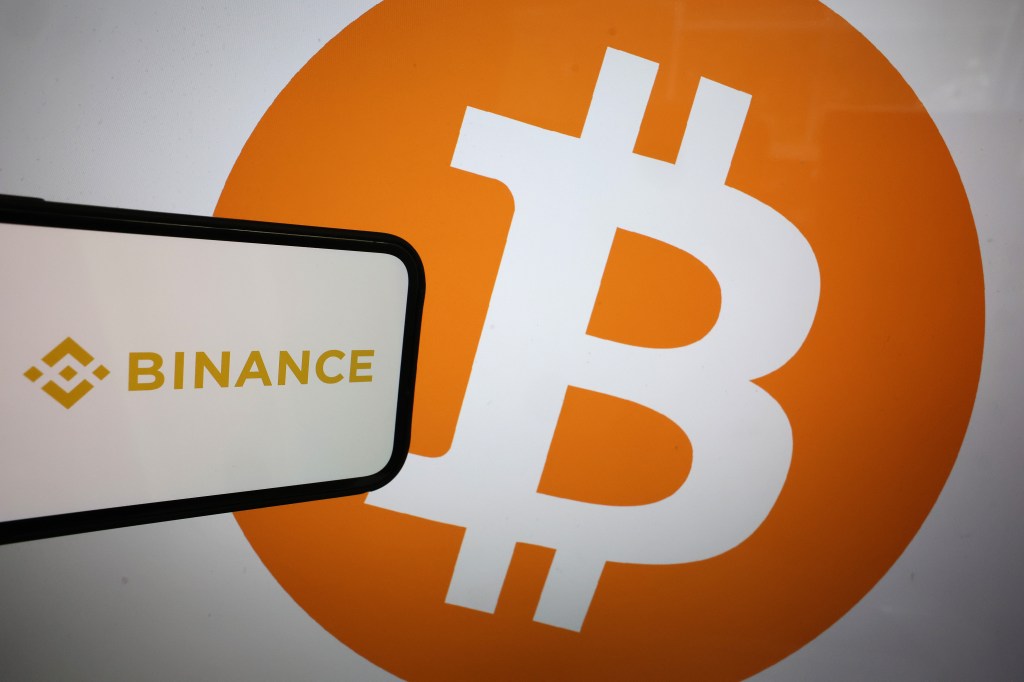Executives at some large corporations have recently garnered a significant amount of press time not only for behaving badly, but for actually breaking laws, flouting codes of conduct and placing their businesses in reputationally and potentially financially damaging situations.
These incidents were not isolated to any industry or geography, and they involved allegations of different types of misbehavior.
This article focuses on executives having consensual, romantic relationships with supervised members of staff – and, more seriously, on claims of sexual harassment.
Corporate policies and senior leaders behaving badly
Many companies explicitly ban executives from having romantic relationships with supervised members of staff. The idea behind the bans is premised on the imbalance of power between the parties and the potential abuse of that power. The rules are also grounded in the concern that supervised members of staff will not come forward with valid claims if the consensual aspect of the relationship or attention changes at some point.
Despite having a policy explicitly banning executives from having romantic relationships with supervised members of staff, McDonald’s former CEO, Steve Easterbrook, violated the policy and then lied about it, getting fined $400,000 by the Securities and Exchange Commission for “concealing the extent of his misconduct.”
Like nearly all corporations, Comcast has a code of conduct that details its commitment against harassment in all forms. In a filing with the US SEC, Comcast said it had fired Jeffrey Shell, CEO of NBCUniversal (which is owned by Comcast) due to allegations of sexual harassment.
In the UK, an existential scandal engulfed the Confederation of British Industry (CBI), a lobbying group that championed British business interests.
In the regulatory filing, the company detailed that Shell had engaged in “inappropriate conduct with a female employee, including allegations of sexual harassment,” leading it to retain outside counsel to investigate, which lead to a corroboration of the evidence.” As a consequence, Comcast “terminated Mr. Shell’s employment with cause,” meaning he relinquished his right to severance pay.
In the UK, an existential scandal engulfed the Confederation of British Industry (CBI), a lobbying group that championed British business interests, with complaints by female staff members against the body’s director general leading to his dismissal. This was followed by more serious historical allegations against others at the CBI, including those of rape, coming to light and leading to a flurry of stakeholders distancing themselves from the organization.
And the World Health Organization (WHO) placed a senior official on administrative leave following sexual misconduct allegations against him, while also admitting that the allegation could well be reflective of a deeper underlying cultural problem at the organization and that changing this might take time.
Policies and actual accountability
So, do policies really help if the most senior leaders are seemingly able to flaunt them?
The answer is that it depends entirely on the ability of organizations to effectively enforce policy. Simply because rules have been written down and staff have been asked to read and sign a policy is not enough. This is especially true when it comes to senior staff.
The CBI’s president, in an open letter to all members, wrote of a sense of “bewilderment” stating that the board and senior leadership “believed that the corporate culture of the CBI was in fact strong, and among the very best”. That this was not the case is underlined by the litany of organizational failures that he then proceeded to list, including:
- a failure to “filter out culturally toxic people during the hiring process”;
- more attention paid to competence than to behavior;
- HR not represented at the Board level;
- not removing offenders from the business.
In effect what is being outlined here is a vicious cycle, where those who flaunt the rules and are retained after breaking the rules, help like-minded individuals join the organization, creating a toxic culture of offending with impunity.
Laws, enforcement and consequences
To advance an ethical culture, the US Department of Justice (DOJ) wants companies to reward compliant behavior with affirmative metrics.
In March, Deputy Attorney General Lisa Monaco introduced a pilot program that for three years will require incentive compensation systems to have compliance-promoting criteria as part of the DOJ’s corporate criminal resolutions.
The Clawback Pilot Program consists of two parts:
- Every corporate resolution involving the DOJ’s Criminal Division will require the resolving company to develop compliance-promoting criteria within its compensation and bonus system.
- The Criminal Division will provide fine reductions to companies that seek to claw back compensation from corporate wrongdoers.
Late last year, President Biden signed the Speak Out Act, a law ensuring that employees cannot be prevented from disclosing that they have experienced or witnessed sexual assault or harassment, even if they previously signed a non-disclosure agreement.
Earlier this month, the New York Department of Financial Services (NYDFS) issued proposed guidance to New York banking organizations and non-depository financial institutions to notify the businesses of the agency’s updated expectations regarding their assessment of the character and fitness of their directors and senior officers upon onboarding and on an ongoing basis.
Federal authorities are sending a signal that companies need to handle executive misconduct issues (like sexual harassment) with individual accountability and transparency in mind.
Combined with the SEC’s action against Easterbrook, federal authorities are sending a signal that companies need to handle executive misconduct issues (like sexual harassment) with individual accountability and transparency in mind.
In the UK, the most serious allegations at the CBI have been passed on to the police for investigation. Unfortunately, the track record of the police in investigating sexual offences is poor.
And while allegations against named individuals result in serious reputational damage – in many cases damage that is career ending – those who escape public scrutiny because the complaints against them are not serious enough to warrant an internal or criminal investigation are usually able to continue to new roles with few consequences.
In many instances the victims themselves are fearful of damage to their own professional reputation and choose not to report or to help an organisation pursue a case, which means that the necessary evidence that would enable an organisation to identify or punish a perpetrator may be lacking.
In the case of the WHO, which threatened “grave consequences” against anyone found guilty of sexual misconduct, those consequences were actually dismissal and the inclusion of perpetrators’ names on a screening database, which also feels like the bare minimum given the lasting damage that can be caused by offenders.
Corporate action needed
What is clear is that sexual misconduct must lead to consequences for perpetrators. And while action by regulators and lawmakers in the US is promising when it comes to future standards, businesses should really take a long hard look at their own ability to exact change.
What does this mean in practice?
Policies must be enforceable and enforced
Policies that are followed send a strong signal about the company’s culture. Some occasional, loud reminders about adherence from top leaders are all good and well, but nothing is better than tangible proof that the policies mean something and apply to the leaders too.
Rather than a higher level of tolerance for infractions by senior leaders, a much lower level of tolerance should be in place – the c-suite team must not feel like it is exempt from the rules, but that its members’ behavior is scrutinized even more closely than that of the average staffer.
No one else is in a more powerful position when it comes to shaping the culture of the organization than the CEO or senior leader. They will often be responsible for the hiring or shaping of the senior leadership team, who will, in turn, hire teams of managers themselves.
A zero-tolerance policy sounds draconian, but it should be considered for infractions that involve any form of behavior that could potentially be classified as sexual harassment. And senior leaders in particular should not be given the benefit of the doubt in instances where policies have not been adhered to.
When there are tangible consequences for all employees who demonstrate poor behavior – irrespective of their level of seniority – this not only weeds out unethical or unscrupulous offenders, it also deters others who cannot yet afford to be bad actors. And, most importantly, it ensures that those removed for breaking rules are not in a position to hire others whose values and views on adherence to the company’s policies are aligned to theirs.
Effective reporting and supervision mechanisms are critical
It is essential to make it very clear to all employees that they are encouraged to speak up.
This not only means a clear way of escalating concerns, it also means independence and representation at the most senior level for those functions to whom concerns about behavior are most often escalated – compliance, legal and HR. It also means having a neutral path of escalation, such as a whistleblowing hotline, that is independent of those traditional functions should they be compromised or complicit themselves.
Senior leadership must be incentivized to behave … and to act
Designing effective incentives for anyone is difficult, never mind the leader of a sizable company with lofty goals and many benchmarks by which to measure his or her success. But corporate boards should consider clawback policies for executives in terms of their compensation and financial incentives that penalize bad behavior and reward the leaders that spend time on tangible workplace initiatives that include them as the promoter of good conduct.
They should also be incentivized to tout mandatory code of conduct training, and supervisory protocols and technology that keep managers aware of bad behavior in real time.
In addition, attestations can provide the business with at least a written record that it was seeking an affirmative commitment for code of conduct adherence by their top leaders.
As part of its lawsuit, JPMorgan is using years of written affirmations that Jes Staley, one of its former top executives, had signed, agreeing to remain in compliance with its code and supplemental policies.
The bank seeks to make Staley return more than $80m for failing to disclose the extent of his relationship with the serial sexual abuser, Jeffrey Epstein.
Consider building ethical behaviour into your brand
Finally, non-financial motivators are important, too. For example, ‘we want you to tell us about misconduct because we’re an ethical company – with a brand you are now associated with – to protect’. And this is where the nebulous concept of culture truly comes into its own.
To go back for a moment to the CBI in the UK. Turned on its head, the list of failures is actually an excellent cheat sheet for how to build such a culture:
- Consider cultural fit as part of the hiring process – do not base hiring decisions on technical competence only.
- Ensure that evaluations and promotions are not based on technical competence only, but the ability to work with others effectively.
- HR (and compliance) should be represented at the Board level.
- Immediately remove offenders from the business and consider zero tolerance policies.
When employees understand the rules and generally feel that these are being followed by all, irrespective of seniority, they are far more likely to speak out when the rules are being flouted or violated.
Employees in an organization with a strong culture of compliance are also more likely to support and look out for each other, helping to protect those who might find themselves vulnerable, and weeding out those who insist on engaging in misconduct.

















